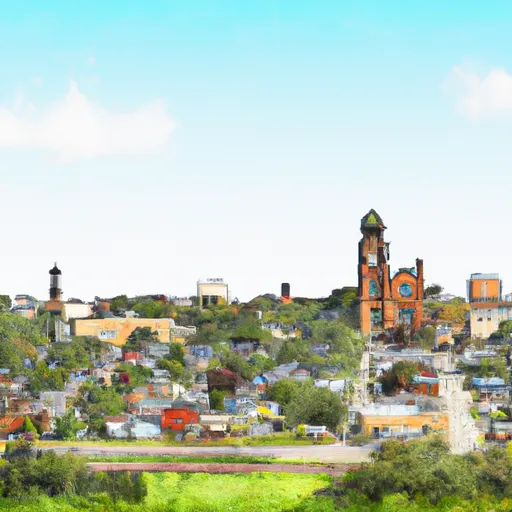°F
°F
mph
Windspeed
%
Humidity











Saint Olaf is a small town located in Clayton County, Iowa. The town experiences a humid continental climate, characterized by hot summers and cold winters. Summer temperatures average around 80°F (27°C), while winter temperatures can drop to around 20°F (-6°C). Precipitation is evenly distributed throughout the year, with an average annual rainfall of 35 inches.
The town's hydrology is influenced by the nearby Mississippi River. Saint Olaf is situated near several creeks and streams that contribute to the hydrological system. These water bodies provide opportunities for fishing, kayaking, and canoeing. The Mississippi River is also easily accessible, allowing residents and visitors to engage in activities such as boating and water skiing.
In terms of outdoor recreation, Saint Olaf is surrounded by picturesque landscapes and offers various opportunities for hiking, biking, and camping. Nearby parks and natural areas, such as the Effigy Mounds National Monument and Yellow River State Forest, provide a diverse range of outdoor activities, including bird-watching, hunting, and horseback riding. Nature enthusiasts can explore the region's stunning scenery, lush forests, and diverse wildlife. Saint Olaf provides a peaceful and scenic environment for outdoor enthusiasts to enjoy various recreational activities.
Weather Forecast
Saint-Olaf receives approximately 891mm of rain per year, with humidity levels near 80% and air temperatures averaging around 8°C. Saint-Olaf has a plant hardyness factor of 4, meaning plants and agriculture in this region thrive during a short period during spring and early summer. Most plants will die off during the colder winter months.
Regional Streamflow Levels
386
Cubic Feet Per Second
45,000
Cubic Feet Per Second
749
Cubic Feet Per Second
3,010
Cubic Feet Per Second
Nearby Camping
| Camping Area | Reservations | Toilets | Showers |
|---|---|---|---|
| Merrisach Lake Park - Merrisach Lake | |||
| Graham Cave State Park | |||
| Wilbur D Mills | |||
| Riverfront RV Park | |||
| Hermann City RV Park | |||
| Onondaga Cave State Park |



